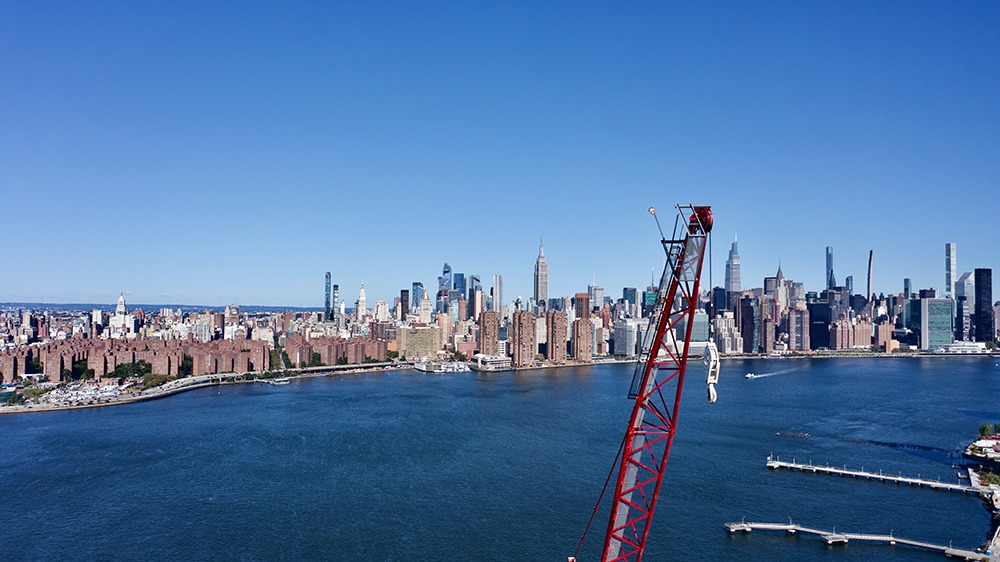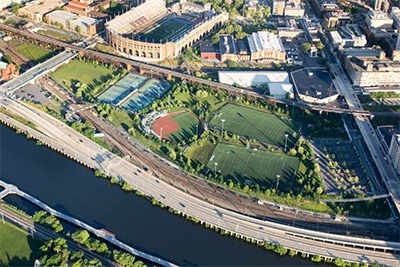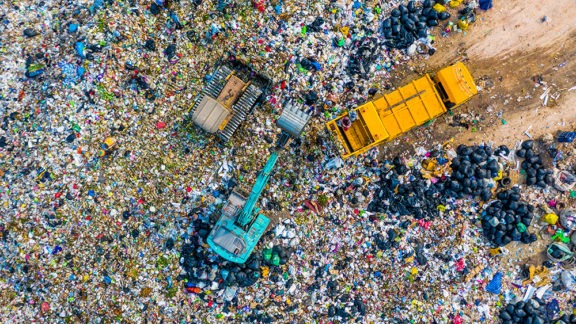The mid-Atlantic coast skirts several of the United States’ most densely populated and oldest urban waterfronts. As industry in these cities has declined and the infrastructure supporting that industry has fallen into disuse and disrepair, opportunities have emerged for mid-Atlantic metropolises. These opportunities include revitalizing neglected waterfront properties to connect communities to their local shorelines and repurposing land to take advantage of current market demands, such as offshore wind.
However, port, harbor, and marine engineering projects are complex as well as promising. In this article, Paul Pizzimenti, an expert in marine geotechnical engineering at Haley & Aldrich, offers insight into some of the challenges and risks, and how to mitigate them, when tackling these projects.
What are top considerations to keep in mind when pursuing mid-Atlantic waterfront development projects?
The historic industrial use of many sites and waterways has led to often grossly contaminated sediments offshore and impacted soils upland. It’s expensive to collect and test sediment and subsurface materials from floating platforms for geotechnical properties and environmental characteristics, so that cost should be considered upfront.
Safety is another concern: Working around run-down properties and waterfront structures needs to be approached with caution.
Scheduling can also present a challenge: Coordinating with port operations and shipping traffic and meeting immovable berthing deadlines require strictly adhering to a schedule, even though timelines can quickly change.
In addition, over the past decade, we’ve seen an intensifying need to protect our infrastructure and communities across the United States from the impacts of natural hazards and extreme weather events. In the mid-Atlantic, particularly in the greater New York Tri-State area, the effects of Superstorm Sandy still reverberate. Redevelopment programs in this area of the country are often in low-lying areas. Consequently, anyone embarking on one of these projects must consider resilience planning.
What are some of the geotechnical engineering risks of waterfront redevelopment in the region?
The riskiest part of these projects lies underground. Owners, developers, and designers have to account for historic contamination, foundations, and fill. Many sites have been developed and redeveloped several times in their history, leading to multiple buried historic bulkheads and various former upland building footprints that complicate the design and construction of new facilities.
Shoreline properties often sit over unstable river silt and organic soils prone to slope failures and significant settlement, which can cause problems for resiliency directives that seek to raise grades. Hydraulically placed loose sands and gravels also pose seismic-induced liquefaction concerns. In some local rivers, bedrock may be shallow upland, but it slopes steeply to several hundred feet into deep channels filled with soft sediments — which can lead to very deep and costly foundation elements.
What should a company look for in a marine geotechnical engineering services partner?
We hear from our clients that they want partners who understand the full range of site characterization needs, complete tasks efficiently on the first attempt, and adapt quickly to rapidly changing conditions on the water. They also want a provider that will collaborate with their other consultants to overcome even the most complex geotechnical and environmental challenges.
A partner should also be able to take a big-picture view of projects to combat often overlooked but critical secondary issues — such as seasonal environmental restrictions for in-water work and providing contingent design considerations for unforeseen subsurface conditions — that can potentially cause schedule delays and cost overruns.
Additionally, although innovative thinking can often lead to lower costs, safer approaches, and less risk, the right experienced partner will know when to balance that innovation with the tried-and-true.
How has Haley & Aldrich helped a mid-Atlantic client with a marine engineering challenge?
Here’s one example: We helped the New York City Department of Sanitation realize their new waste handling plan by designing foundations for four new marine transfer stations. The massive, heavily loaded structures are situated partly over land and partly over water. So they needed strong, efficient foundations that bear within competent ground and have adequate capacity to withstand seismic, coastal, and marine vessel and loading equipment forces. We investigated the subsurface at the sites and developed customized foundation designs for each, specific to the load demands, that included both driven piles and drilled caissons. We supported the department through both design and construction to ensure the proper installations of the deep foundations.
Contact the author below with questions about your waterfront development project.
Published: 6/10/2022
- Government infrastructure
- Ports, harbors, and coastal Infrastructure
- Foundation design
- Geotechnical engineering
Author

Senior Project Manager, Buildings & Infrastructure




